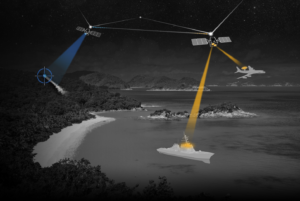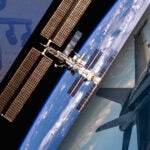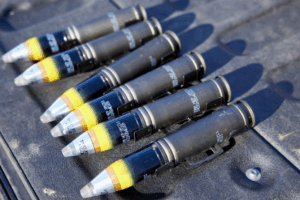
Raytheon Technologies [RTX] has tapped CesiumAstro to supply phased array communications payloads to support its contract from the Space Development Agency (SDA) for the Tranche 1 Tracking Layer. CesiumAstro will provide its Vireo active electronically scanned array (AESA) radio frequency (RF) communications payload for Raytheon’s seven-vehicle missile tracking satellite constellation. CesiumAstro said it will be the first Ka-band, multi-beam communications system in the SDA’s Proliferated Warfighter Space Architecture (PWSA). The array is software-defined and designed to provide resilient, low-latency, high-volume data…

 By
By 









